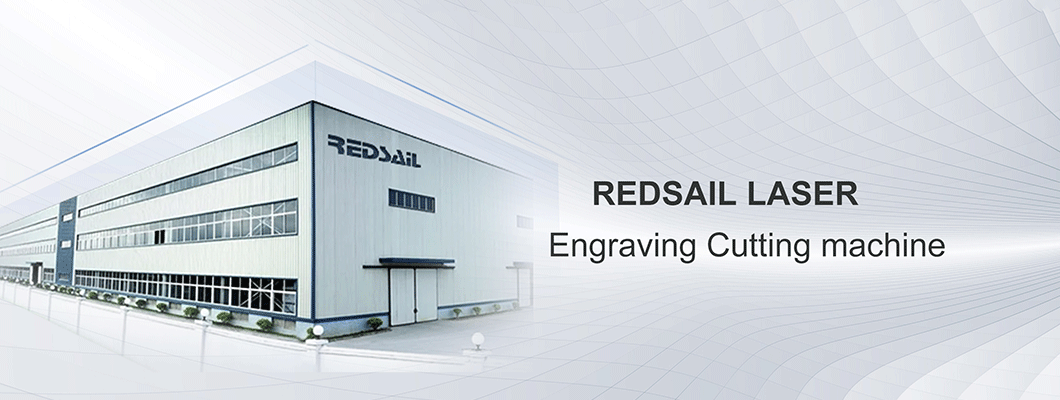
Servo motor is an actuator that converts electric pulse into angular displacement. Generally speaking, when the driver of the fiber laser cutting machine receives a pulse signal, it drives the servo motor to rotate a fixed angle (i.e. angle) in the set direction. You can control the angular displacement by controlling the number of pulses to achieve the purpose of accurate positioning; At the same time, you can control the speed and acceleration of the servo motor by controlling the pulse frequency to achieve the purpose of speed regulation.
Reasons for heating of servo motors: for various servo motors, the internal parts are composed of iron core and winding coil. The winding resistance has resistance, which will cause loss when it is energized. The loss is proportional to the square of resistance and current. This is what we often call copper loss. If the current is not standard DC or sine wave, it will also cause harmonic loss; The iron core has hysteresis eddy current effect, and will also produce loss in the alternating magnetic field. Its size is related to material, current, frequency and voltage, which is called iron loss. Copper loss and iron loss will be shown in the form of heat, thus affecting the efficiency of servo motor.
The rotor of the servo motor is permanent magnet. When the current flows through the stator winding, the stator winding generates a vector magnetic field. This magnetic field will drive the rotor to rotate at an angle, so that the direction of a pair of magnetic fields of the rotor is consistent with that of the stator. When the vector magnetic field of the stator rotates by an angle. The rotor also rotates an angle with the magnetic field. Each time an electric pulse is input, the motor rotates one angle and advances one step. Its output angular displacement is proportional to the number of input pulses, and its speed is proportional to the pulse frequency. Change the winding power-on sequence, and the servo motor will reverse. Therefore, the rotation of the servo motor can be controlled by controlling the number and frequency of pulses and the power-on sequence of each phase winding of the motor.
Application advantages of servo motor compared with traditional rotary servo motor
1. Fast speed and high acceleration;
2. High accuracy;
3. No mechanical wear, long service life;
4. The transmission system has simple structure and high efficiency;
5. Low noise and quiet operation.

Leave a Comment